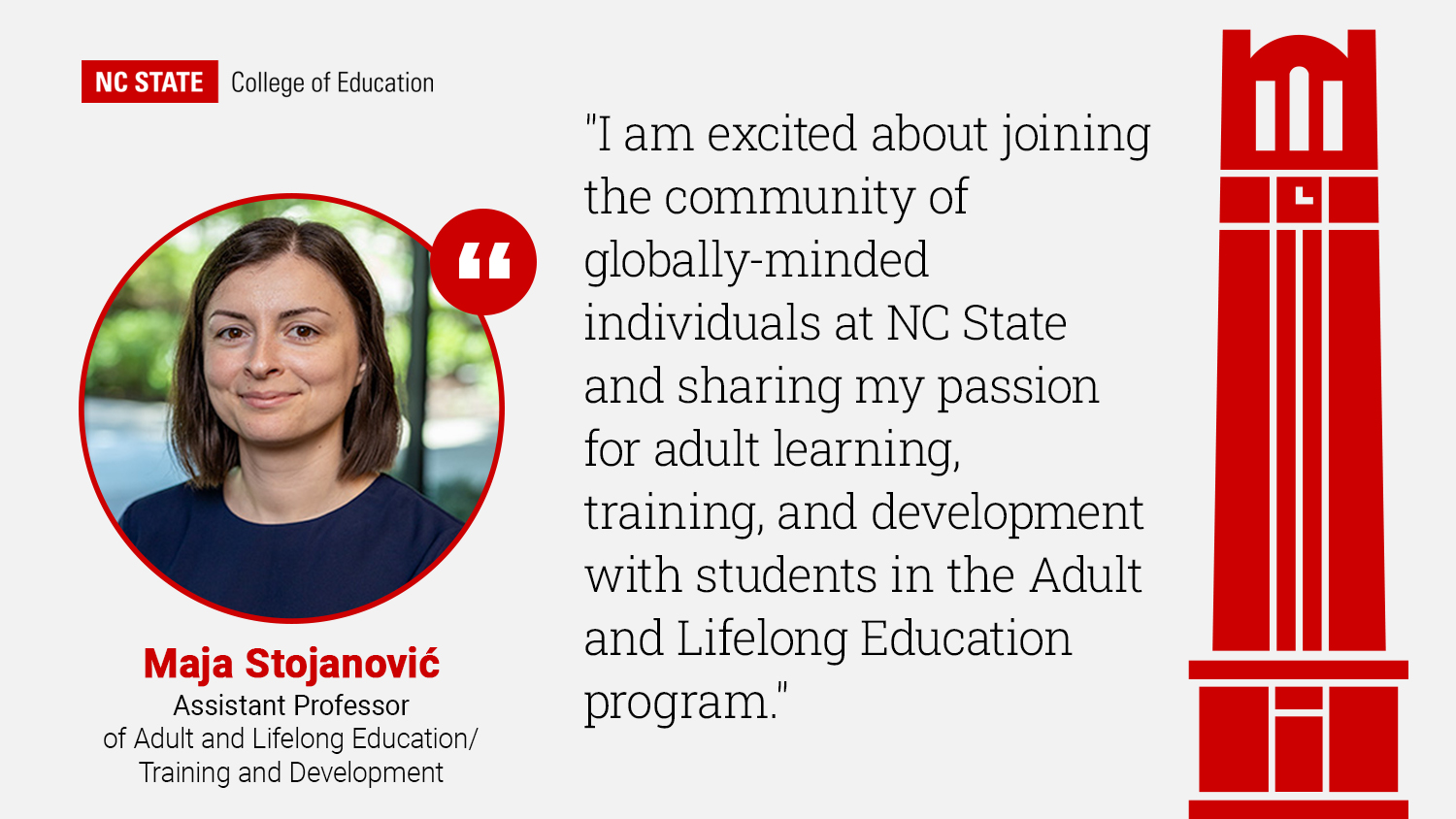Professor Jere Confrey Offers Insight to Learning Trajectories as Part of an International Expert Paper Series

Jere Confrey, Ph.D., Joseph D. Moore Distinguished Professor of Mathematics Education at the NC State College of Education, wrote “A Synthesis of Research on Learning Trajectories/Progressions in Mathematics,” which was published as part of a series of expert papers commissioned by the Organization for Economic Cooperation and Development (OECD).
OECD commissioned the works as part of OECD Education 2030, a project that examines how education can evolve to support students in a world that will have both increasing opportunities and increasing challenges, like growing populations.
Confrey’s paper synthesizes data on learning trajectories in mathematics both aggregately and configuratively to present findings from the research and offer recommendations for next steps in applying best practices to mathematics education in any classroom.
“Economic prosperity often is closely correlated with success in the STEM fields, so trying to get more students to be successful in math and science is a major goal for many countries,” she said.
“The idea of a learning trajectory is if we can provide teachers and students precise information about the progress students have made in understanding a key idea in mathematics, then they are more likely to be able to learn that particular area of need and move into more and more sophisticated thinking.”
OECD has a history of studying international tests — the Third International Math and Science (TIMS) and Program for International Student Assessment (PISA) — that rank a country’s student performance using the same evaluations across the board that do not take into account a country’s resources or industrial systems.
[pullquote color=’green’ align=’left’]Effective teaching has to empower kids as thinkers by working with the ways they see the world and make sense of it.[/pullquote]
Using Confrey’s analysis of learning trajectories, OECD can begin to offer support in improving global student learning by trying to understand the process behind the performance instead of simply documenting it.
This approach will help OECD tell the schools it studies what students are able to do and provide information that will help teachers and schools target learning needs more directly and accurately.
Confrey says learning trajectories take into account all the ways a student can learn or interact with a problem. Instead of viewing learning as a ladder that a student climbs step by step, she says it is really more like a climbing wall. Students encounter obstacles and landmarks that are predictable, but each student will take somewhat different paths up the wall. When teachers are aware of those obstacles and landmarks, they can better support students as they move from naive to sophisticated thinking.
“It always reinforces that kids are not just incomplete adults,” she said. “They have their own ideas about how something works, and they try to make sense out of it from their own perspective. Effective teaching has to empower kids as thinkers by working with the ways they see the world and make sense of it.”
“A Synthesis of Research on Learning Trajectories/Progressions in Mathematics,” along with half a dozen other expert papers, is available through OECD Education 2030 as a free online PDF.
- Categories:


